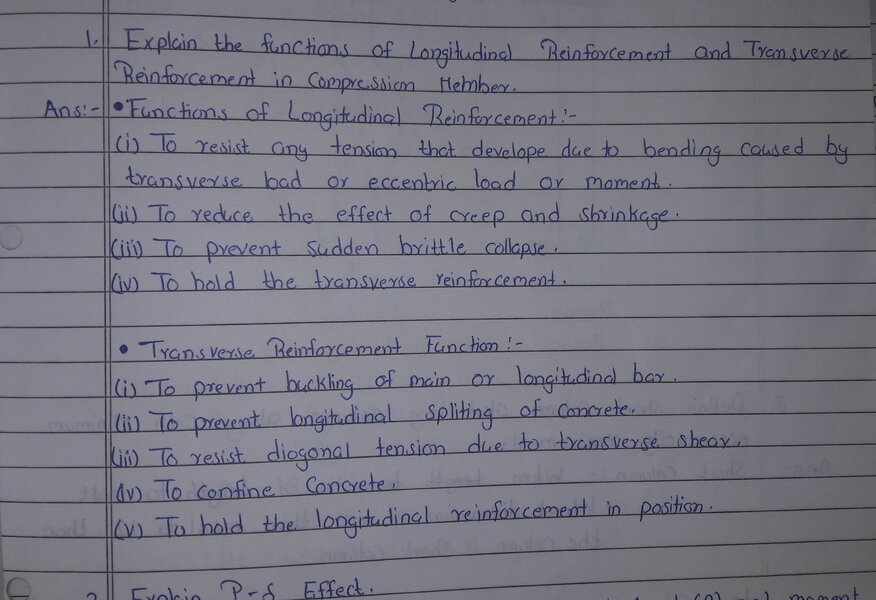Column in predominantly an compression member and will stay in compression entirely if the load coincides with the axis of the column. However, if the load does not coincide with the axis of the column there will be an eccentric loading. This eccentric loading will result in a bending action along with the compression and if the eccentricity is ore then some regions of the column may come under tension. This is when the steel may come out handy. You can refer to the generation of interaction diagrams (P-M) for columns subjected to axial force and bending.
Also even when there is no eccentricity the use of steel in columns will greatly reduce the size of the columns. This is because the load carrying capacity of steel is much more than that of concrete. Also the use of steel in column will ensure a ductile behaviour of the column. Consider M30 grade of concrete. The modulus of elasticity of this concrete will be 27386 MPa (E = 5000 x fck^0.5). The modulus of elasticity of steel will be 200000 MPa therefore the modular ratio will be approximately 7.3. Which means that for 7.3 units of concrete only one unit of steel is required. The stress taken by steel will also be 7.3 times the stress taken by concrete.
Also during an earthquake force due to the lateral excitation longitudinal bending of the column may occur which will result in the generation of longitudinal tension along one phase in such cases also it is essential to have steel in column to prevent the brittle cracking of concrete. Also any lateral force in column which may result in the generation of longitudinal tension has to be resisted by steel.
in real time scenario, columns wouldn't be subject to compression alone. It would be subject to bending moments combined with compression. In such cases, reinforcements would be essential.
Also even when there is no eccentricity the use of steel in columns will greatly reduce the size of the columns. This is because the load carrying capacity of steel is much more than that of concrete. Also the use of steel in column will ensure a ductile behaviour of the column. Consider M30 grade of concrete. The modulus of elasticity of this concrete will be 27386 MPa (E = 5000 x fck^0.5). The modulus of elasticity of steel will be 200000 MPa therefore the modular ratio will be approximately 7.3. Which means that for 7.3 units of concrete only one unit of steel is required. The stress taken by steel will also be 7.3 times the stress taken by concrete.
Also during an earthquake force due to the lateral excitation longitudinal bending of the column may occur which will result in the generation of longitudinal tension along one phase in such cases also it is essential to have steel in column to prevent the brittle cracking of concrete. Also any lateral force in column which may result in the generation of longitudinal tension has to be resisted by steel.
in real time scenario, columns wouldn't be subject to compression alone. It would be subject to bending moments combined with compression. In such cases, reinforcements would be essential.
Last edited:

